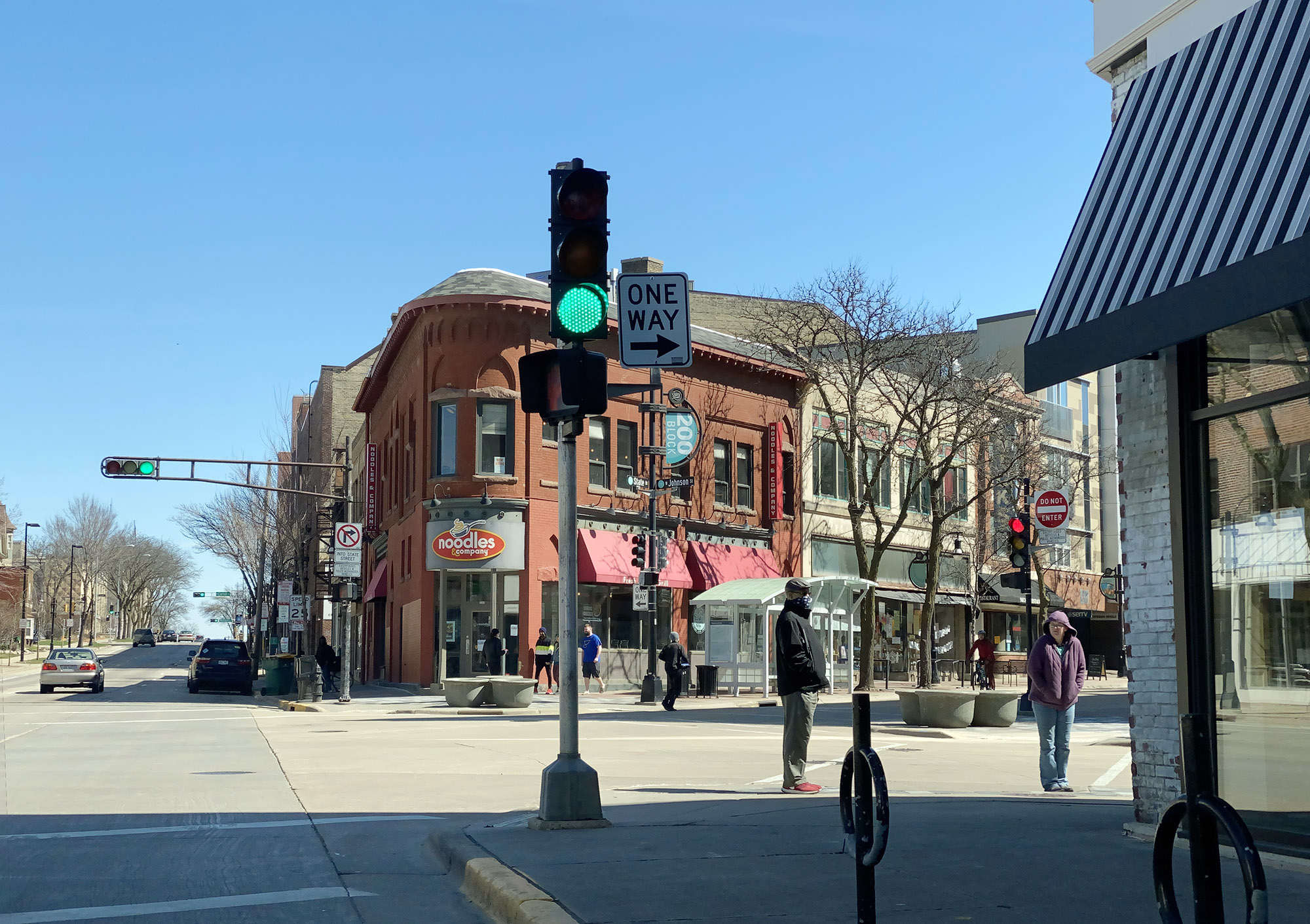A week of calls to anxious analysts in quarantine identified a series of related issues hanging over the rescue:
“Debt bomb.” The 2008 mess was triggered in part when companies like Goldman, Sachs issued collateral calls against billions in credit default swap contracts it held with insurance giant AIG. When the latter was unable to come up with the money, mayhem ensued, creating wide-scale losses and necessitating an AIG bailout – through which Goldman ended up being paid $12.9 billion.
The pre-2008 economy was built on a combustible pile of mortgage debt, and bets on mortgage debt, that exploded once banks got nervous and started to call in their money. Some cleaning up of the mortgage markets was done, but Wall Street simply moved elsewhere to build new credit sandcastles, leading to an explosion of corporate debt, securitized commercial loans (CLOs), takeovers, etc.
One new development involved “subscription lines,” a type of financing of private equity deals, the cheery name we use today for leveraged buyouts.
When a Wall Street takeover artist wants to raise cash to buy up a company, it goes to big-dollar players – often an institutional investor like a pension fund – and elicits commitments to invest. The private equity fund then goes to a bank, which issues “subscription lines” of financing against the promise of those investors (a.k.a. the “limited partners”).
Subscription lines have existed for decades, but their use was traditionally limited and short-term, with investors coughing up capital within 30 days. In recent years and especially since 2008, though, the scope of subscription line financing has increased, and the time to repay has also been expanding, to up to five years.
Making takeovers easier andmore profitable for executives of the Bain Capitals of the world inspired what Barron’s in 2018 described as a “rage” for subscription line financing. This was one of many post-bailout factors inspiring the recent boom in leveraged buyouts: the years 2013-2018 saw the most private equity deals over any five year-period in American history.











